Hà Nội: Tăng Ni Phật Tử MTQ Tổ đình Vĩnh Nghiêm (chùa Long Hưng) dấn thân hành Bồ-tát hạnh hướng về Tăng Ni và nhân dân Myanmar sau động đất Hanoi: Sangha, Buddhists, and Benefactors from Vinh Nghiem Ancestral Temple (Long Hung Pagoda) Engage in Bodhisattva Practice to Support Monks, Nuns and People of Myanmar After Earthquake
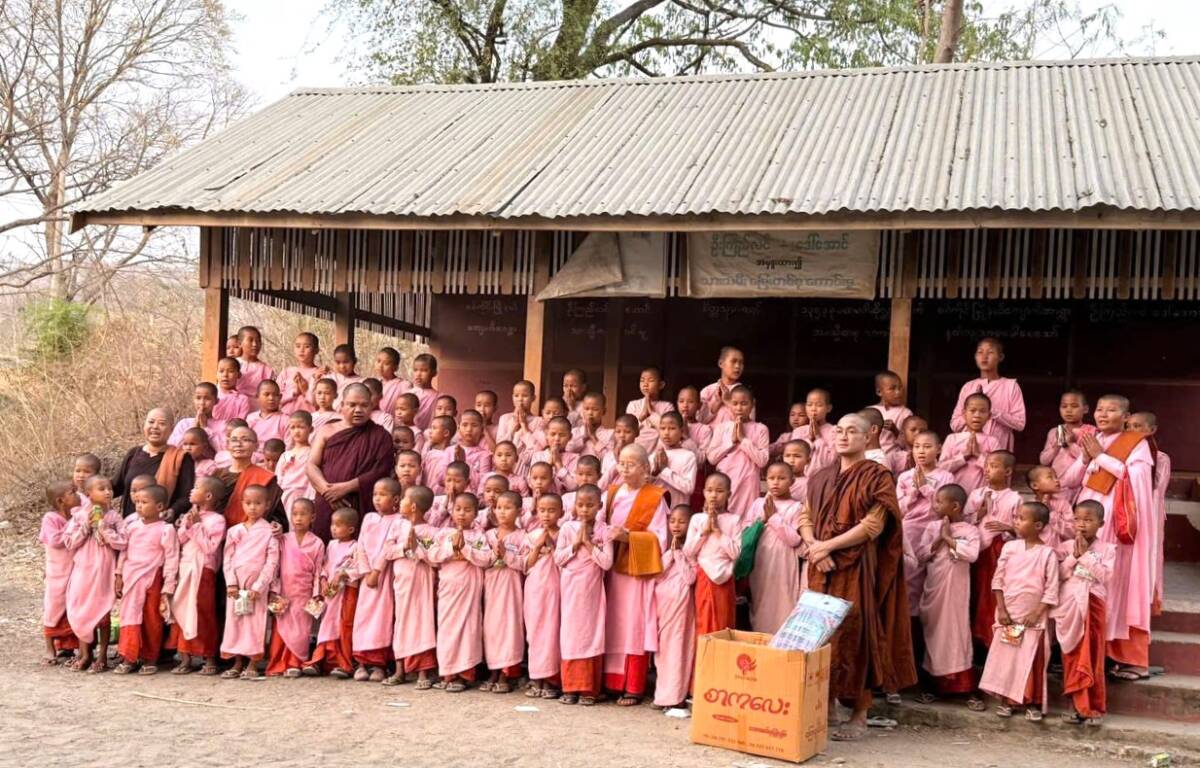
PGĐS – Hưởng ứng lời kêu gọi ủng hộ nạn nhân động đất tại Myanmar của TW GH PGVN và Chính Phủ – ngay trong khi Đội cứu hộ của Bộ Quốc Phòng và Bộ Công An theo đề nghị hỗ trợ của Myanmar đã sớm có mặt tại đất nước Phật giáo đang gặp nhiều khó khăn về nội chiến này; chỉ sau hơn 1 ngày vận động, từ ngày 30/3/2025-31/3/2025, với uy tín và trách nhiệm, Quỹ An Lạc chùa Long Hưng đã tiếp nhận hơn 50 tấn hàng hóa thuốc men thực phẩm được Phật tử, Mạnh Thường Quân gửi đến chư Tăng Ni và nhân dân Myanmar sau trận động đất 7,7 độ Richter.
Responding to the call for support for earthquake victims in Myanmar from the Central Committee of the Vietnam Buddhist Sangha and the Government – while the Rescue Team from the Ministry of Defense and Ministry of Public Security, as requested by Myanmar, had already arrived in this Buddhist country facing numerous civil war difficulties; after just over one day of mobilization, from March 30-31, 2025, with credibility and responsibility, the An Lac Fund of Long Hung Pagoda received more than 50 tons of goods, medicines, and food sent by Buddhists and benefactors to monks, nuns, and people of Myanmar following the 7.7 Richter scale earthquake.
 Ghi nhận đến ngày 4/4/2025,chùa đã tiếp nhận thêm 20 tấn hàng hóa thực phẩm thuốc men các loại. Tổng trị giá ước tính hơn 5,5 tỷ, con số còn tiếp tục chưa dừng lại. Trong 3 ngày, chùa Long Hưng đã trực tiếp gửi đến Trường Thiền Thabarwa gần 400 triệu tiền mặt và tiếp tục chuẩn bị gửi khoảng 300 triệu tiếp theo cùng 25 tấn gạo. Cũng trong ngày mùng 3 khoảng 140 kg thuốc đã được gửi theo Sư Cô Thích nữ Thường Tín chuyển đến Bệnh viện Khaing Myittar (11/7, Kanbawza Street, Yayayekwin Quarter, Taunggyi, Shan State, Myanmar) ước tính khoảng 200 tiệu dưới sự chứng minh của Ngài Trưởng lão giáo sư Tiến sĩ Naw Kham La Dhammasami – Học viện Phật giáo Institude of Buddhist Psychology – trước đó Ngài cũng thay mặt chư Tăng Ni MTQ Qũy An Lạc tiếp nhận khoảng 3000 usd (khoảng 77 triệu VNĐ) trị giá tương đương 5 tấn gạo sử dụng cho Tăng đoàn và nạn nhân sau động đất. Trong ngày mùng 4, theo đoàn của Sư Pháp Đỉnh – Thabarwa tại Việt Nam, chùa Long Hưng gửi theo khoảng 50 kg thuốc xuất kho tại Nhà thuốc Long Châu, trị giá cũng khoảng 200 triệu gửi đến Thiền sư Ottamthara và Tăng đoàn Thabarwa tiếp nhận hỗ trợ bà con Myanmar.
Ghi nhận đến ngày 4/4/2025,chùa đã tiếp nhận thêm 20 tấn hàng hóa thực phẩm thuốc men các loại. Tổng trị giá ước tính hơn 5,5 tỷ, con số còn tiếp tục chưa dừng lại. Trong 3 ngày, chùa Long Hưng đã trực tiếp gửi đến Trường Thiền Thabarwa gần 400 triệu tiền mặt và tiếp tục chuẩn bị gửi khoảng 300 triệu tiếp theo cùng 25 tấn gạo. Cũng trong ngày mùng 3 khoảng 140 kg thuốc đã được gửi theo Sư Cô Thích nữ Thường Tín chuyển đến Bệnh viện Khaing Myittar (11/7, Kanbawza Street, Yayayekwin Quarter, Taunggyi, Shan State, Myanmar) ước tính khoảng 200 tiệu dưới sự chứng minh của Ngài Trưởng lão giáo sư Tiến sĩ Naw Kham La Dhammasami – Học viện Phật giáo Institude of Buddhist Psychology – trước đó Ngài cũng thay mặt chư Tăng Ni MTQ Qũy An Lạc tiếp nhận khoảng 3000 usd (khoảng 77 triệu VNĐ) trị giá tương đương 5 tấn gạo sử dụng cho Tăng đoàn và nạn nhân sau động đất. Trong ngày mùng 4, theo đoàn của Sư Pháp Đỉnh – Thabarwa tại Việt Nam, chùa Long Hưng gửi theo khoảng 50 kg thuốc xuất kho tại Nhà thuốc Long Châu, trị giá cũng khoảng 200 triệu gửi đến Thiền sư Ottamthara và Tăng đoàn Thabarwa tiếp nhận hỗ trợ bà con Myanmar.
By April 4, 2025, the pagoda had received an additional 20 tons of goods, food, and various medicines. The total estimated value exceeds 5.5 billion VND, and this figure continues to grow. Within 3 days, Long Hung Pagoda directly sent nearly 400 million VND in cash to Thabarwa Meditation School and continues to prepare to send approximately 300 million more along with 25 tons of rice. Also on the 3rd day, about 140 kg of medicine was sent with Venerable Bhikkhuni Thich Nu Thuong Tin to Khaing Myittar Hospital (11/7, Kanbawza Street, Yayayekwin Quarter, Taunggyi, Shan State, Myanmar), estimated at about 200 million VND, under the witness of Most Venerable Professor Dr. Naw Kham La Dhammasami of the Institute of Buddhist Psychology – who had previously, on behalf of the monks, nuns, and benefactors of the An Lac Fund, received about 3000 USD (approximately 77 million VND), equivalent to 5 tons of rice for use by the Sangha and earthquake victims. On the 4th day, with Venerable Phap Dinh’s delegation – Thabarwa in Vietnam, Long Hung Pagoda sent about 50kg of medicine sourced from Long Chau Pharmacy, also valued at about 200 million VND, to Meditation Master Ottamthara and the Thabarwa Sangha to support the people of Myanmar.
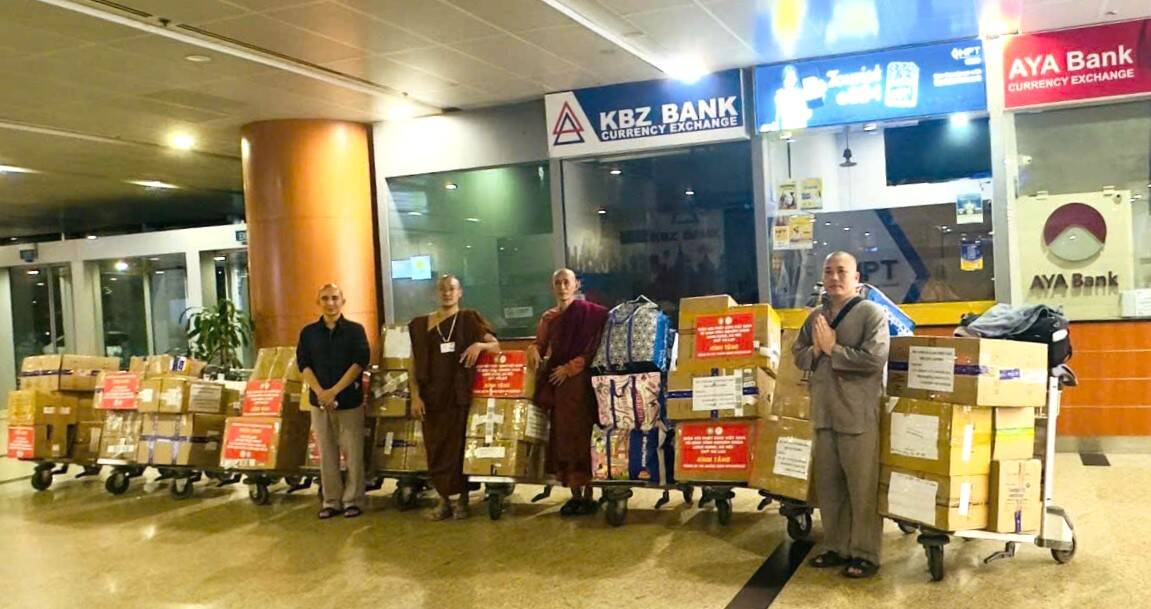 Dự định, vào ngày 7-9/3 (tức ngày 10-12/3/ Ấ Tỵ) của Đại Đức Thích Quảng Lâm – Phó Giám Đốc Điều Hành – Trung Tâm Biên Phiên Dịch Tư Liệu Phật Giáo Quốc Tế, quản tự (quyền trụ trì) chùa Long Hưng, Đông Anh – TP Hà Nội, dưới sự chỉ dạy của TT Thích Thanh Phong – Ủy viên Thường trực Hội đồng trị sự Trung ương Giáo hội Phật giáo Việt Nam, trụ trì chùa Vĩnh Nghiêm TP HCM, chùa Long Hưng, Hà Nội và sự hoan hỷ của hơn 100 Tăng Ni đang theo chúng tu học tại chùa và hàng ngàn Phật tử chùa hướng tâm cầu nguyện nhân dân Myanmar kẻ mất người con đều an vui trong chánh Pháp và sớm vượt qua khó khăn; tháp tùng Thiện Pháp có cô Nguyễn Đoàn Kim Sơn – nhà sáng lập, chủ tịch HĐQT Bách Khoa Group; sáng lập, cố vấn chuỗi hệ thống trường Pathway Tuệ Đức; sáng lập, chủ tịch HĐQT chuỗi hệ thống trường Xanh Tuệ Đức; sáng lập, thành viên HĐQT Viện Đào Tạo Bách Khoa; sáng lập, chủ tịch HĐQT trường Cao Đẳng Quốc Tế Tuệ Đức; diễn giả chương trình Lãnh đạo chính mình, Quy luật gieo hạt, Hạnh phúc tuổi già, Hôn nhân hạnh phúc, Doanh nghiệp hạnh phúc…,tâm nguyện “Đi tìm hạnh phúc của mình trong hạnh phúc của người khác”; sẽ có mặt tại Myanmar tiền trạm, khảo sát và nối kết các điểm Thiền viện/ Học viện, hỗ trợ hiệu quả đến chư Tăng Ni và nhân dân Myanmar; vừa tăng tình Tăng thân, vừa tạo duyên lành hỗ trợ quý Ngài hỗ trợ bà con thuận duyên hóa độ Phật tử tại nước mình.
Dự định, vào ngày 7-9/3 (tức ngày 10-12/3/ Ấ Tỵ) của Đại Đức Thích Quảng Lâm – Phó Giám Đốc Điều Hành – Trung Tâm Biên Phiên Dịch Tư Liệu Phật Giáo Quốc Tế, quản tự (quyền trụ trì) chùa Long Hưng, Đông Anh – TP Hà Nội, dưới sự chỉ dạy của TT Thích Thanh Phong – Ủy viên Thường trực Hội đồng trị sự Trung ương Giáo hội Phật giáo Việt Nam, trụ trì chùa Vĩnh Nghiêm TP HCM, chùa Long Hưng, Hà Nội và sự hoan hỷ của hơn 100 Tăng Ni đang theo chúng tu học tại chùa và hàng ngàn Phật tử chùa hướng tâm cầu nguyện nhân dân Myanmar kẻ mất người con đều an vui trong chánh Pháp và sớm vượt qua khó khăn; tháp tùng Thiện Pháp có cô Nguyễn Đoàn Kim Sơn – nhà sáng lập, chủ tịch HĐQT Bách Khoa Group; sáng lập, cố vấn chuỗi hệ thống trường Pathway Tuệ Đức; sáng lập, chủ tịch HĐQT chuỗi hệ thống trường Xanh Tuệ Đức; sáng lập, thành viên HĐQT Viện Đào Tạo Bách Khoa; sáng lập, chủ tịch HĐQT trường Cao Đẳng Quốc Tế Tuệ Đức; diễn giả chương trình Lãnh đạo chính mình, Quy luật gieo hạt, Hạnh phúc tuổi già, Hôn nhân hạnh phúc, Doanh nghiệp hạnh phúc…,tâm nguyện “Đi tìm hạnh phúc của mình trong hạnh phúc của người khác”; sẽ có mặt tại Myanmar tiền trạm, khảo sát và nối kết các điểm Thiền viện/ Học viện, hỗ trợ hiệu quả đến chư Tăng Ni và nhân dân Myanmar; vừa tăng tình Tăng thân, vừa tạo duyên lành hỗ trợ quý Ngài hỗ trợ bà con thuận duyên hóa độ Phật tử tại nước mình.
It is planned that on April 7-9 (corresponding to the 10-12th day of the third lunar month of the Snake Year), Venerable Thich Quang Lam – Deputy Executive Director of the International Buddhist Documentation Translation Center and custodian (acting abbot) of Long Hung Pagoda, Dong Anh – Hanoi City, under the guidance of Venerable Thich Thanh Phong – Standing Committee Member of the Central Executive Council of the Vietnam Buddhist Sangha and abbot of Vinh Nghiem Pagoda in Ho Chi Minh City and Long Hung Pagoda in Hanoi, with the joyful participation of more than 100 monks and nuns currently studying at the pagoda and thousands of Buddhists, will direct their hearts in prayer for the people of Myanmar who have lost loved ones to find peace in the Dharma and quickly overcome difficulties. Accompanying Thien Phap will be Ms. Nguyen Doan Kim Son – founder and chairwoman of Bach Khoa Group; founder and advisor of the Tue Duc Pathway school system; founder and chairwoman of the Tue Duc Green school system; founder and board member of Bach Khoa Training Institute; founder and chairwoman of Tue Duc International College; speaker for programs such as “Lead Yourself,” “Law of Sowing Seeds,” “Happiness in Old Age,” “Happy Marriage,” “Happy Business,” etc., with the aspiration “To find one’s own happiness in the happiness of others.” They will be in Myanmar for advance preparation, survey, and connection with meditation centers/academies, effectively supporting monks, nuns, and people of Myanmar, both strengthening Sangha relationships and creating favorable conditions to support the Venerable ones in assisting their compatriots and guiding Buddhists in their country.
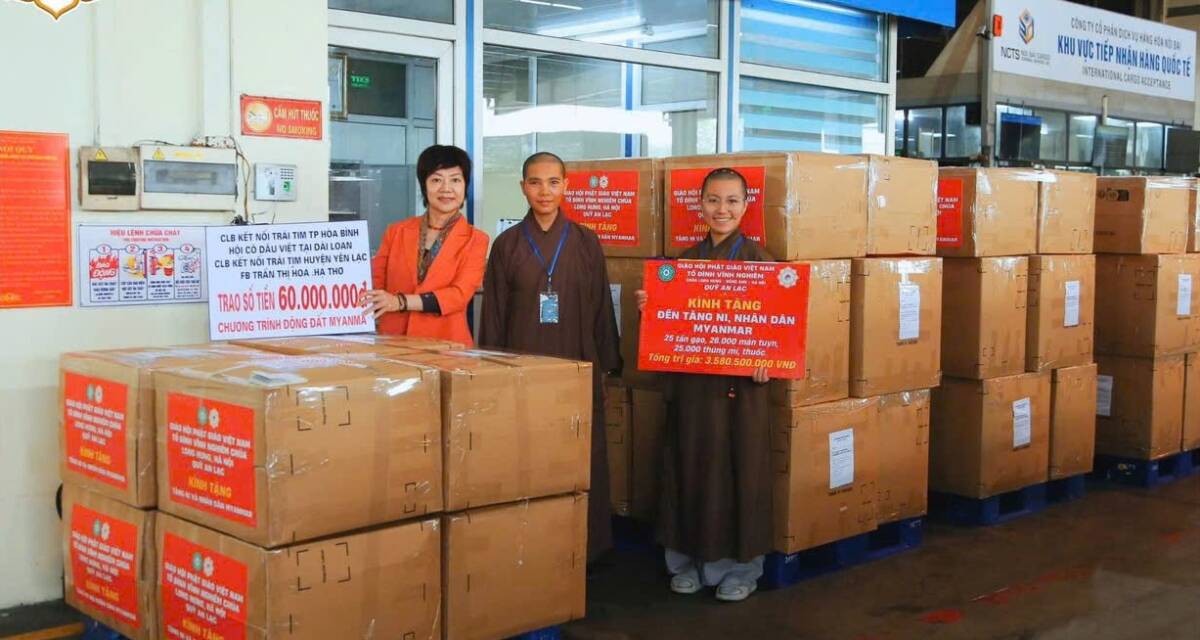 Phật giáo trên 2000 năm du nhập và phát triển tại Việt Nam trụ vững được nhờ tinh thần từ bi, bất hại, dung hợp, linh động “tùy duyên bất biến”. Ngay từ thời kì đầu, Phật giáo truyền vào Việt Nam đã có đầy đủ hai hệ phái Nguyên thủy và Đại thừa. Từ thời Ngô, Đinh, Tiền Lê, Lý, Trần, Phật giáo nước ta thời nào cũng có những cao Tăng và hành giả chứng đắc, hồn thiêng sông núi và sử sách ghi lại. Thời Lý-Trần, Phật giáo được coi như quốc giáo. Trần Thái Tông vừa làm vua, vừa nghiên cứu kinh điển Phật giáo, tuy thông Nho nhưng đã chọn Phật giáo làm ý thức hệ, lấy Thiền tông làm pháp tu chính, sắp xếp chu toàn cho Trần Nhân Tông (Trúc Lâm Đại đầu đà Điều ngự Giác Hoàng) hợp nhất ba Thiền phái Tỳ- ni – đa – lưu -chi, Vô Ngôn Thông, Thảo Đường thế kỷ thứ XIII thành Thiền phái Trúc Lâm duy nhất ra đời thời Trần. Thiền học thời trần với tinh thần Hòa quang đồng Trần, Cư trần lạc đạo, Thiền – Tịnh song tu, Phật tại tâm, tức tâm tức Phật, Biện tâm (tự làm sạch tâm), Tùy duyên bất biến, Tam giáo đồng nguyên, dung hợp,… luôn đồng hành cùng dân tộc trên mọi lĩnh vực. Tổ đình Vĩnh Nghiêm tự hào trong dòng chảy đó. Ngày nay, tiếp tục tinh hoa Thiền học thời Trần cùng gìn ngữ các giá trị cốt lõi của Phật giáo các hệ phái, nhất là Đại thừa và tinh thần Bồ-tát hạnh cứu độ chúng sanh thông qua lục độ, tứ nhiếp pháp, bằng mọi phương tiện đưa Phật giáo vào phổ quát cho mọi căn cơ quảng đại quần chúng mà vẫn giữ căn bản giới-định-tuệ, văn-tư tu.
Phật giáo trên 2000 năm du nhập và phát triển tại Việt Nam trụ vững được nhờ tinh thần từ bi, bất hại, dung hợp, linh động “tùy duyên bất biến”. Ngay từ thời kì đầu, Phật giáo truyền vào Việt Nam đã có đầy đủ hai hệ phái Nguyên thủy và Đại thừa. Từ thời Ngô, Đinh, Tiền Lê, Lý, Trần, Phật giáo nước ta thời nào cũng có những cao Tăng và hành giả chứng đắc, hồn thiêng sông núi và sử sách ghi lại. Thời Lý-Trần, Phật giáo được coi như quốc giáo. Trần Thái Tông vừa làm vua, vừa nghiên cứu kinh điển Phật giáo, tuy thông Nho nhưng đã chọn Phật giáo làm ý thức hệ, lấy Thiền tông làm pháp tu chính, sắp xếp chu toàn cho Trần Nhân Tông (Trúc Lâm Đại đầu đà Điều ngự Giác Hoàng) hợp nhất ba Thiền phái Tỳ- ni – đa – lưu -chi, Vô Ngôn Thông, Thảo Đường thế kỷ thứ XIII thành Thiền phái Trúc Lâm duy nhất ra đời thời Trần. Thiền học thời trần với tinh thần Hòa quang đồng Trần, Cư trần lạc đạo, Thiền – Tịnh song tu, Phật tại tâm, tức tâm tức Phật, Biện tâm (tự làm sạch tâm), Tùy duyên bất biến, Tam giáo đồng nguyên, dung hợp,… luôn đồng hành cùng dân tộc trên mọi lĩnh vực. Tổ đình Vĩnh Nghiêm tự hào trong dòng chảy đó. Ngày nay, tiếp tục tinh hoa Thiền học thời Trần cùng gìn ngữ các giá trị cốt lõi của Phật giáo các hệ phái, nhất là Đại thừa và tinh thần Bồ-tát hạnh cứu độ chúng sanh thông qua lục độ, tứ nhiếp pháp, bằng mọi phương tiện đưa Phật giáo vào phổ quát cho mọi căn cơ quảng đại quần chúng mà vẫn giữ căn bản giới-định-tuệ, văn-tư tu.
Buddhism has been introduced and developed in Vietnam for over 2000 years, remaining strong thanks to the spirit of compassion, non-violence, integration, and flexibility – “unchanging according to conditions.” From its earliest period, Buddhism transmitted to Vietnam already had both Theravada and Mahayana traditions. From the Ngo, Dinh, Early Le, Ly, and Tran dynasties, Vietnamese Buddhism in every era has had enlightened high monks and practitioners, recorded in the national spirit and history. During the Ly-Tran period, Buddhism was considered the state religion. Tran Thai Tong, while ruling as king, also studied Buddhist scriptures; though knowledgeable in Confucianism, he chose Buddhism as his ideology, taking Zen as his main practice, and arranged thoroughly for Tran Nhan Tong (Truc Lam Great Ascetic, Divine Enlightened King) to unify three Zen sects – Vinītaruci, Wu Yantong, and Thao Duong – in the 13th century into the single Truc Lam Zen sect that emerged during the Tran dynasty. Tran dynasty Zen study, with its spirit of “harmonizing with the world’s light,” “enjoying the Way while dwelling in the world”, “dual cultivation of Zen and Pure Land”, “Buddha in the mind”, “mind itself is Buddha”, “mind purification”, “unchanging according to conditions”, “three teachings from the same source”, “integration”, etc., has always accompanied the nation in all areas. Vinh Nghiem Ancestral Temple takes pride in this flow. Today, continuing the essence of Tran dynasty Zen study while preserving the core values of Buddhism from various sects, especially Mahayana and the Bodhisattva practice spirit of saving sentient beings through the Six Paramitas and Four All-Embracing Virtues, by all means bringing Buddhism universally to all capacities of the masses while maintaining the basics of precepts-concentration-wisdom and study-contemplation-practice.
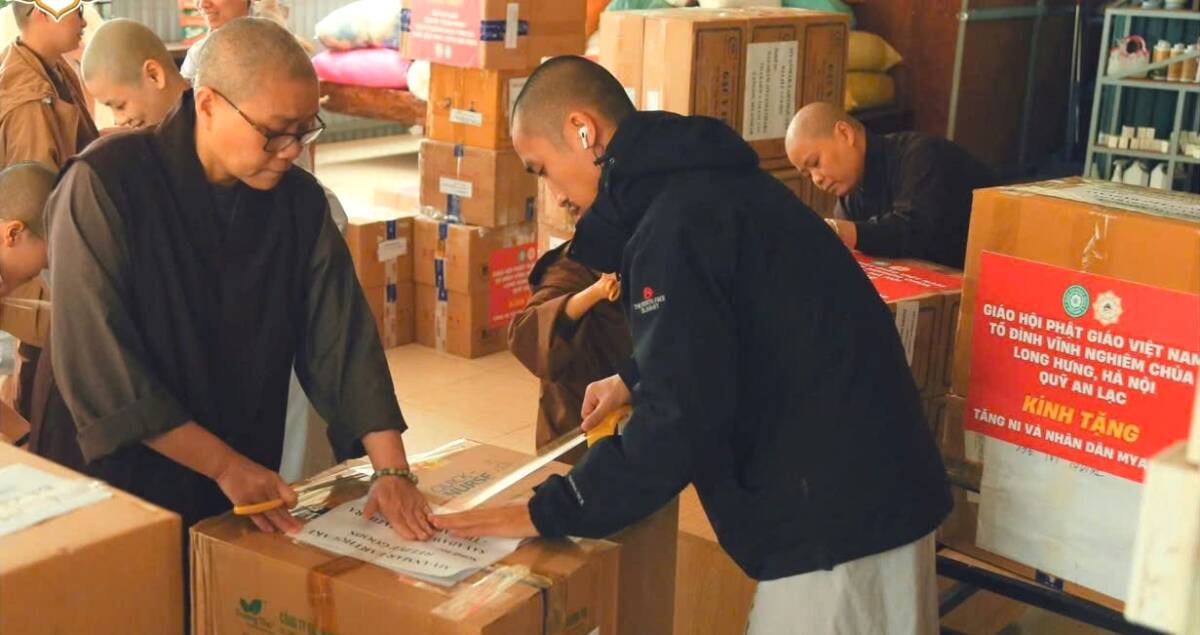 Chư Tăng Ni hành Bồ tát đạo mục đích mang an vui cho người, là tư lương các ba-la-mật sớm giải thoát giác ngộ. Trong Kinh Tương Ưng, Đức Phật dạy: “Chính do sự kham nhẫn, do sự vô hại, do lòng từ, do lòng ai mẫn. Như vậy, này các Tỳ kheo, trong khi hộ trì người khác, là hộ trì cho mình”. Tu sĩ và cư sĩ Phật giáo chân chính luôn hướng đến vô chấp, không coi nặng tài sản, giúp diệt trừ tâm tham và dính mắc, kết duyên lành với đại chúng; tích cực tham giá các hoạt động an sinh xã hội; những việc làm naỳ Thiền phái Trúc Lâm đều chủ trương; chùa Vĩnh Nghiêm nói riêng cũng như hơn 18.000 ngôi chùa Việt Nam và hơn 54.000 Tăng Ni Việt Nam đều hoan hỷ tự nguyện thực hành tròn mọi hoàn cảnh. Vì Phật giáo trên 2000 năm tự ăn sâu vào tâm thức mỗi người dân và trở lành lẽ sống bởi nhân sinh quan từ bi, bắc ái, vị tha, nhân văn, thương người,… nhiều điểm tương đồng. Đó cũng là văn hóa Phật giáo Việt Nam, chủ trương GH PGVN và yếu chỉ các Pháp số căn bản của Phật Pháp.
Chư Tăng Ni hành Bồ tát đạo mục đích mang an vui cho người, là tư lương các ba-la-mật sớm giải thoát giác ngộ. Trong Kinh Tương Ưng, Đức Phật dạy: “Chính do sự kham nhẫn, do sự vô hại, do lòng từ, do lòng ai mẫn. Như vậy, này các Tỳ kheo, trong khi hộ trì người khác, là hộ trì cho mình”. Tu sĩ và cư sĩ Phật giáo chân chính luôn hướng đến vô chấp, không coi nặng tài sản, giúp diệt trừ tâm tham và dính mắc, kết duyên lành với đại chúng; tích cực tham giá các hoạt động an sinh xã hội; những việc làm naỳ Thiền phái Trúc Lâm đều chủ trương; chùa Vĩnh Nghiêm nói riêng cũng như hơn 18.000 ngôi chùa Việt Nam và hơn 54.000 Tăng Ni Việt Nam đều hoan hỷ tự nguyện thực hành tròn mọi hoàn cảnh. Vì Phật giáo trên 2000 năm tự ăn sâu vào tâm thức mỗi người dân và trở lành lẽ sống bởi nhân sinh quan từ bi, bắc ái, vị tha, nhân văn, thương người,… nhiều điểm tương đồng. Đó cũng là văn hóa Phật giáo Việt Nam, chủ trương GH PGVN và yếu chỉ các Pháp số căn bản của Phật Pháp.
The Sangha (monks and nuns) who practice the Bodhisattva path aim to bring peace and happiness to others. This becomes the foundation for perfecting the pāramitās and attaining liberation and enlightenment swiftly. In the Saṁyutta Nikāya, the Buddha teaches: “It is through patience, through non-harming, through loving-kindness, through compassion. Thus, O Bhikkhus, in protecting others, one also protects oneself”. Genuine Buddhist monastics and lay practitioners alike always aspire toward non-attachment (not clinging to material possessions) thereby helping to eliminate greed and grasping. They strive to form wholesome karmic connections with the community, actively engage in social welfare, and embody compassionate action. These values are core to the Truc Lam Zen School, and specifically upheld at Vinh Nghiem Monastery, as well as by over 18,000 temples and more than 54,000 monks and nuns across Vietnam — all of whom joyfully and voluntarily uphold these practices in all circumstances. Buddhism, with a history of over 2,000 years, has deeply embedded itself into the consciousness of the Vietnamese people. It has become a way of life, rooted in a worldview of compassion, universal love, altruism, humanism, and care for others. These values strongly resonate with the Vietnamese cultural spirit. This is also the essence of Vietnamese Buddhist culture, the guiding vision of the Vietnam Buddhist Sangha (GHPGVN), and reflects the core teachings of the fundamental Dharma principles of Buddhism.
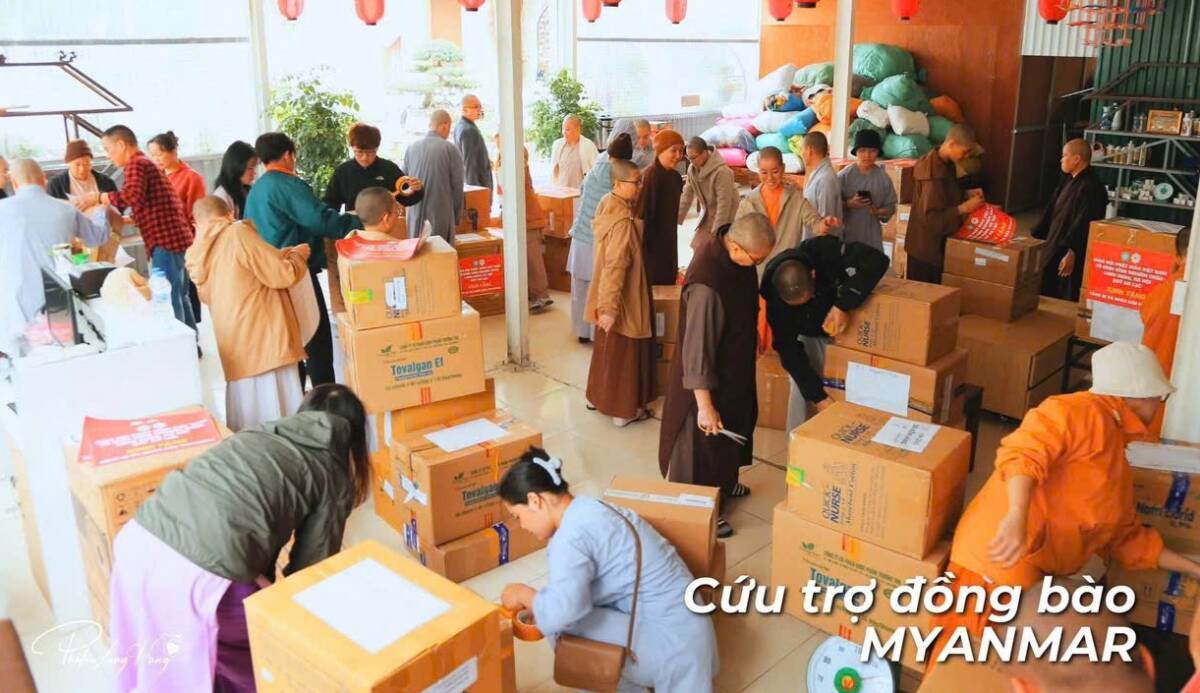 Hòa thượng Thích Minh Châu nhắc nhở Tăng Ni sinh: “Đức Phật không bao giờ chủ trương đào tạo một số tu sĩ để trang trí các thiền viện hay để làm thần tượng cúi lạy cho tín đồ mà chính là huấn luyện một số sứ giả Như Lai, đi khắp đó đây, để giới thiệu một nếp sống giải thoát hạnh phúc”; cũng như lời phát nguyện của Đức vua Sanghabodhi ở Sri Lanka “Tấm thân bằng thịt bằng máu mà tôi mang đây, chỉ để làm cho thế gian được an lành và hữu phước”. Có thể nói, tất cả hàng đệ tử Phật tu tập rốt ráo từ quá khứ đến hiện tại đều tự nguyện hành Bồ-tát đạo thực hiện các Ba-la-mật (parami) âm đức tốt đẹp cho mình và người. Như Quốc sư Trúc Lâm khuyên vua Trần Thái Tông “Phàm làm đấng quân nhân, phải lấy ý muốn của thiên hạ làm ý muốn của mình, lấy tâm của thiên hạ làm tâm của mình. Nay thiên hạ muốn đón bệ hạ về, bệ hạ không về sao được. Song phần nghiên cứu nội điển, mong bệ hạ đừng xao lãng”.
Hòa thượng Thích Minh Châu nhắc nhở Tăng Ni sinh: “Đức Phật không bao giờ chủ trương đào tạo một số tu sĩ để trang trí các thiền viện hay để làm thần tượng cúi lạy cho tín đồ mà chính là huấn luyện một số sứ giả Như Lai, đi khắp đó đây, để giới thiệu một nếp sống giải thoát hạnh phúc”; cũng như lời phát nguyện của Đức vua Sanghabodhi ở Sri Lanka “Tấm thân bằng thịt bằng máu mà tôi mang đây, chỉ để làm cho thế gian được an lành và hữu phước”. Có thể nói, tất cả hàng đệ tử Phật tu tập rốt ráo từ quá khứ đến hiện tại đều tự nguyện hành Bồ-tát đạo thực hiện các Ba-la-mật (parami) âm đức tốt đẹp cho mình và người. Như Quốc sư Trúc Lâm khuyên vua Trần Thái Tông “Phàm làm đấng quân nhân, phải lấy ý muốn của thiên hạ làm ý muốn của mình, lấy tâm của thiên hạ làm tâm của mình. Nay thiên hạ muốn đón bệ hạ về, bệ hạ không về sao được. Song phần nghiên cứu nội điển, mong bệ hạ đừng xao lãng”.
Venerable Thich Minh Chau once reminded monastic students:“The Buddha never intended to train a group of monastics merely to adorn monasteries or become objects of veneration for lay followers. Rather, he sought to prepare a cadre of Tathāgata’s messengers who would travel far and wide to present a way of life rooted in liberation and happiness”. This sentiment echoes the vow of King Sanghabodhi of Sri Lanka, who declared: “This body of flesh and blood that I bear is solely for the peace and welfare of the world”. It can be said that all sincere disciples of the Buddha — from the past to the present — who diligently cultivate the path do so out of voluntary commitment to walk the Bodhisattva path, fulfilling the pāramīs to bring silent virtue and benefit to both self and others. Likewise, National Master Truc Lam (the founder of the Truc Lam Zen School) once counseled Emperor Tran Thai Tong: “For one who holds royal authority, your will must align with the will of the people, your heart must beat with the hearts of the people. Now that the people long for Your Majesty’s return, how could you not return? Yet, in the pursuit of inner teachings, I sincerely hope that Your Majesty will not grow negligent”.
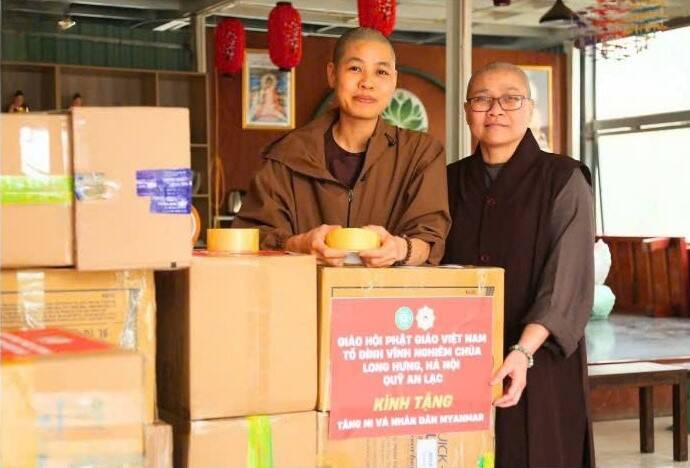 Tăng Ni Cư sĩ thực hành Bồ-tát đạo theo tinh thần Phật giáo phải tu tập Tứ Nhiếp Pháp, bốn đức hạnh Tứ Vô Lượng Tâm, “giúp cho con người giải quyết được những vấn nạn hiện tại và thiết lập được cho cộng đồng nhân loại một tương lai hòa bình, hòa hợp, phát triển, an lạc lâu dài. Và thành quả của việc thực hiện Tứ Vô Lượng Tâm sẽ tạo nên sự đoàn kết, tương trợ, cũng như mở ra một giá trị đạo đức vĩnh hằng trong cuộc sống con người, đó là tình thương yêu cho muôn loài, mọi giới”. Việc hành Bồ-tát đạo thông qua cúng dường bố thí lục hòa, đoàn kết, tương trợ, dấn thân nhập thế của chùa Long Hưng góp phần thiết thực vì lợi ích tha nhân, phát huy các giá trị của đạo Phật, gắn kết người con Phật ở Việt Nam và khắp năm châu, tạo quan hệ gần gũi hữu nghị giữa hai quốc gia Việt Nam – Myanmar.
Tăng Ni Cư sĩ thực hành Bồ-tát đạo theo tinh thần Phật giáo phải tu tập Tứ Nhiếp Pháp, bốn đức hạnh Tứ Vô Lượng Tâm, “giúp cho con người giải quyết được những vấn nạn hiện tại và thiết lập được cho cộng đồng nhân loại một tương lai hòa bình, hòa hợp, phát triển, an lạc lâu dài. Và thành quả của việc thực hiện Tứ Vô Lượng Tâm sẽ tạo nên sự đoàn kết, tương trợ, cũng như mở ra một giá trị đạo đức vĩnh hằng trong cuộc sống con người, đó là tình thương yêu cho muôn loài, mọi giới”. Việc hành Bồ-tát đạo thông qua cúng dường bố thí lục hòa, đoàn kết, tương trợ, dấn thân nhập thế của chùa Long Hưng góp phần thiết thực vì lợi ích tha nhân, phát huy các giá trị của đạo Phật, gắn kết người con Phật ở Việt Nam và khắp năm châu, tạo quan hệ gần gũi hữu nghị giữa hai quốc gia Việt Nam – Myanmar.
Monastics and lay Buddhists who walk the Bodhisattva path in accordance with the spirit of Buddhism must cultivate the Four Means of Embracing and embody the four sublime virtues known as the Four Immeasurables — loving-kindness (Mettā), compassion (Karuṇā), empathetic joy (Muditā), and equanimity (Upekkhā). These practices help individuals resolve current human dilemmas and pave the way for a peaceful, harmonious, progressive, and enduringly happy future for all of humanity. The fruits of cultivating the Four Immeasurables foster solidarity, mutual support, and open the door to timeless moral values — namely, universal love and compassion for all beings, across all realms of existence. Practicing the Bodhisattva path through acts of generosity, offering, the Six Harmonies, unity, and social engagement — as exemplified by Long Hung Monastery — makes a meaningful contribution to the welfare of others. It also promotes the values of Buddhism, strengthens bonds among Buddhist followers in Vietnam and across the five continents, and fosters friendly, close-knit relations between the two nations of Vietnam and Myanmar.
Một số hình ảnh xin chia sẻ tới quý vị – Some pictures to share with you :
Tin/ Ảnh : TN Viên Giác
New Translation : Trang Nhung – Minh Tú
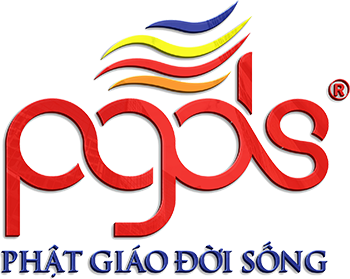
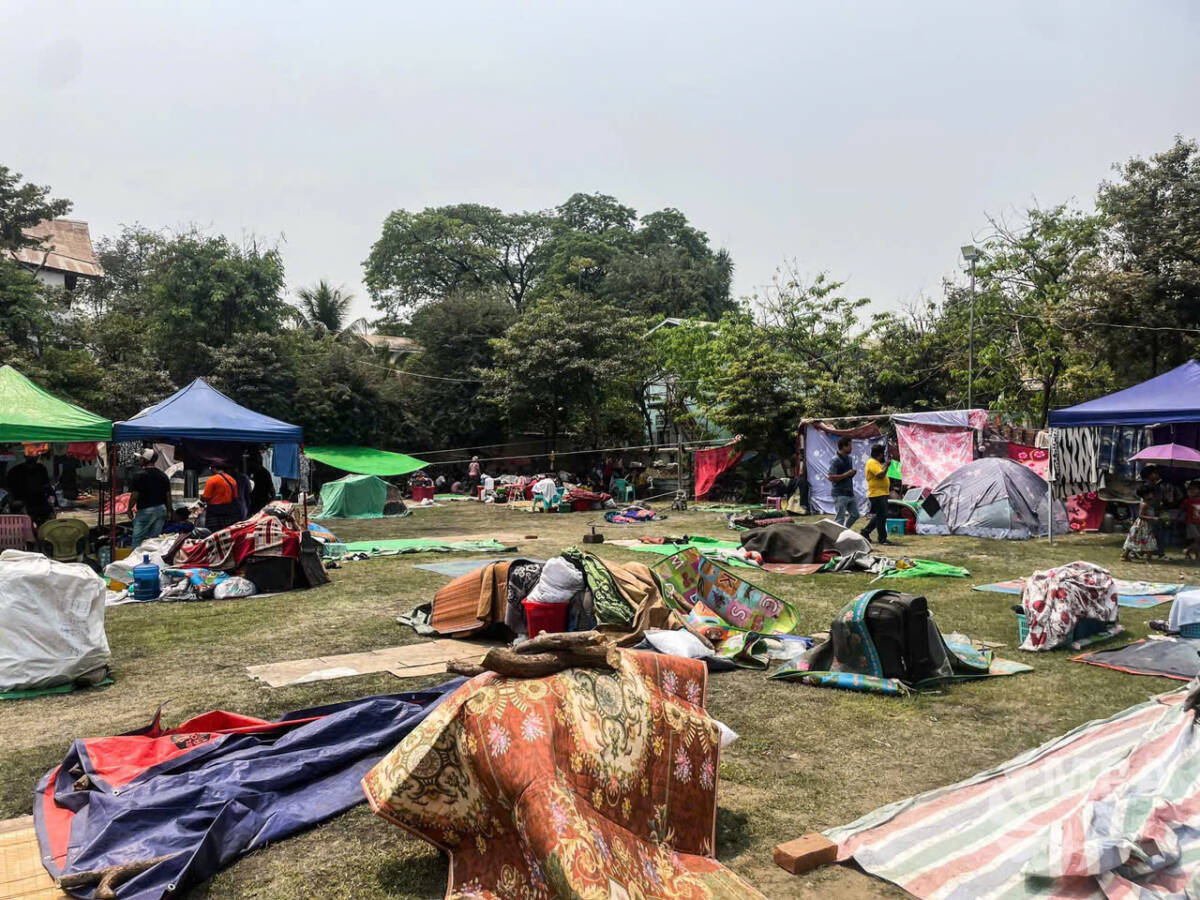
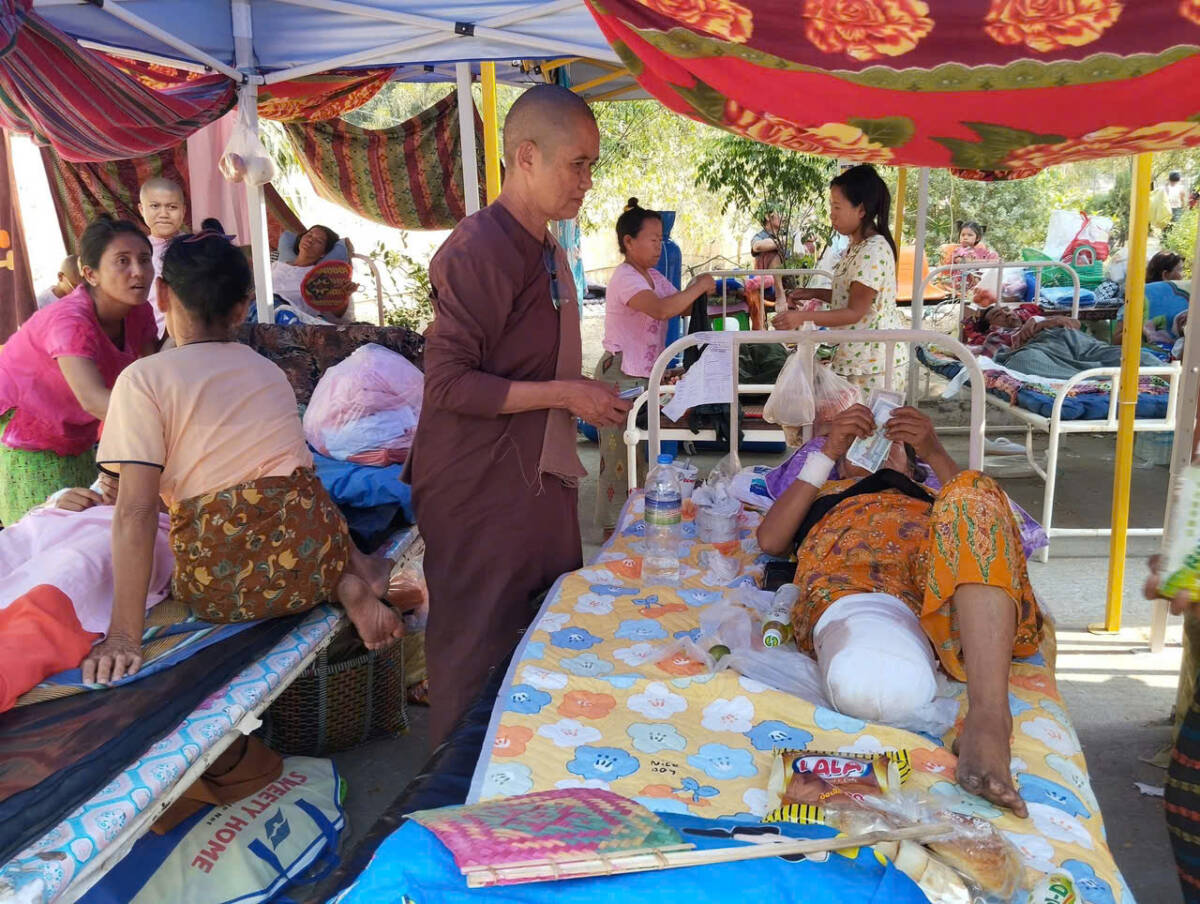

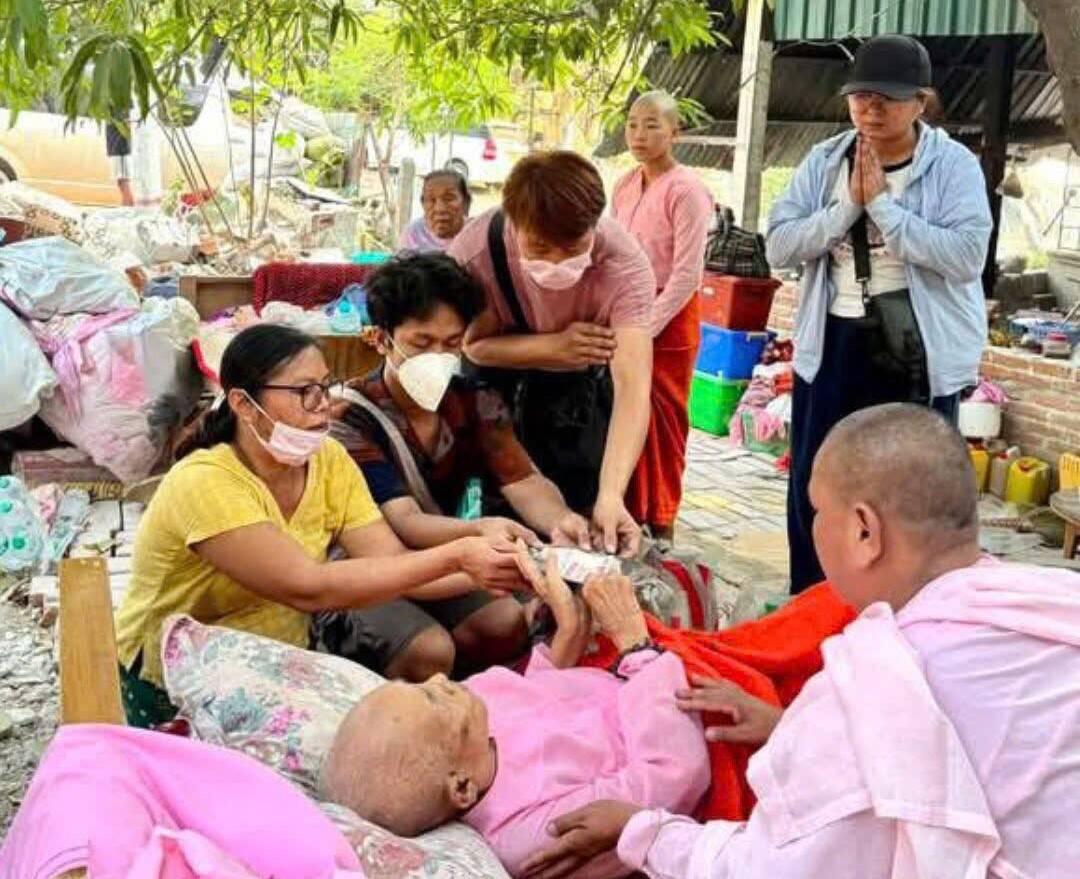
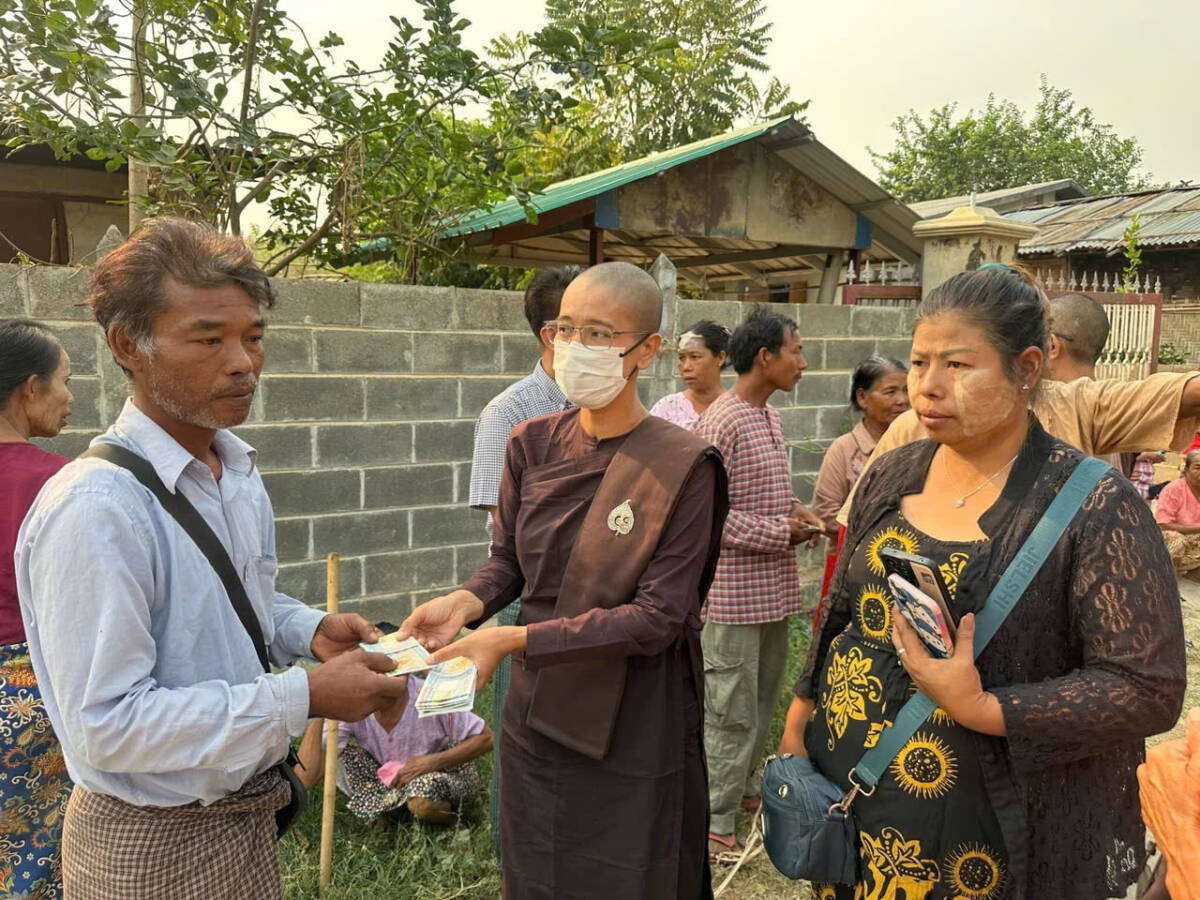
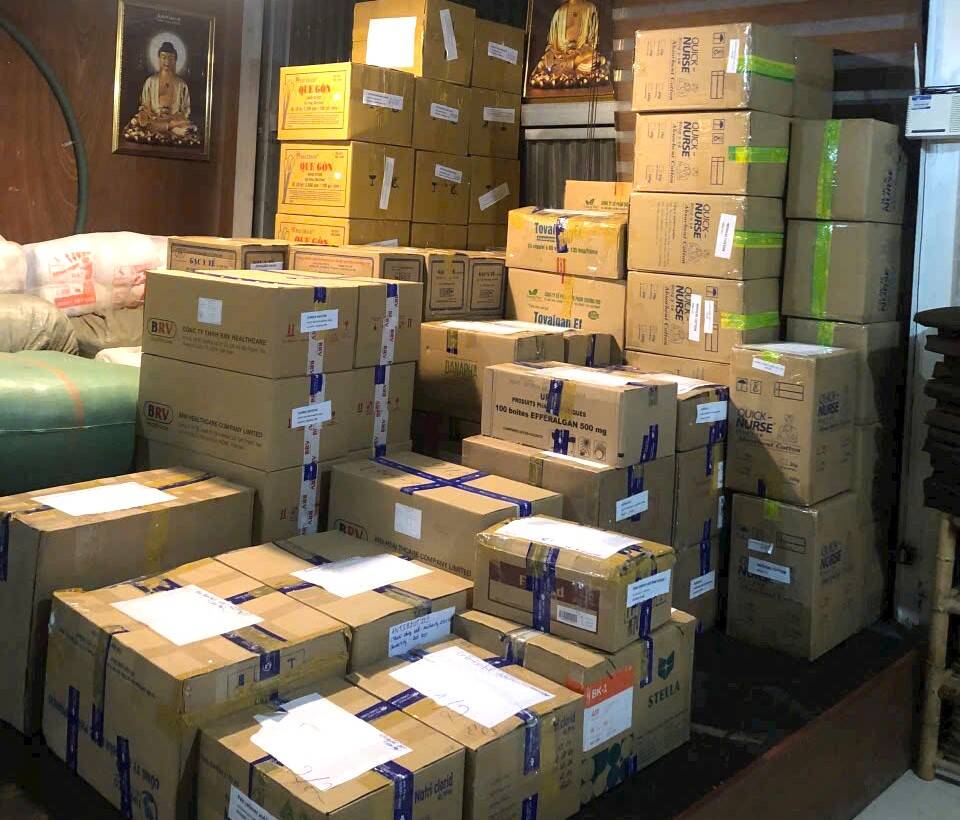
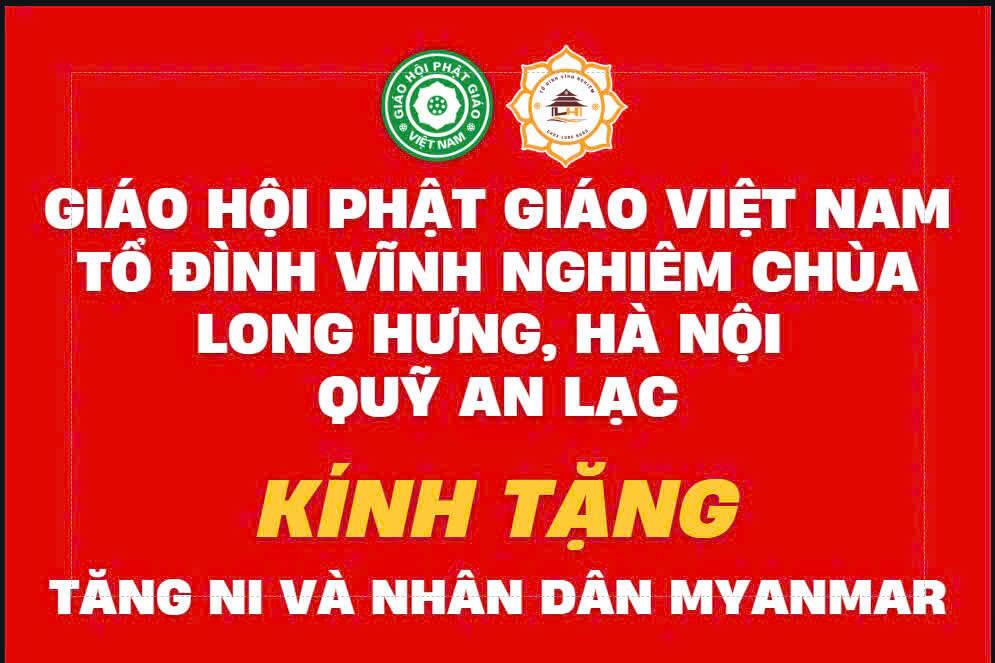
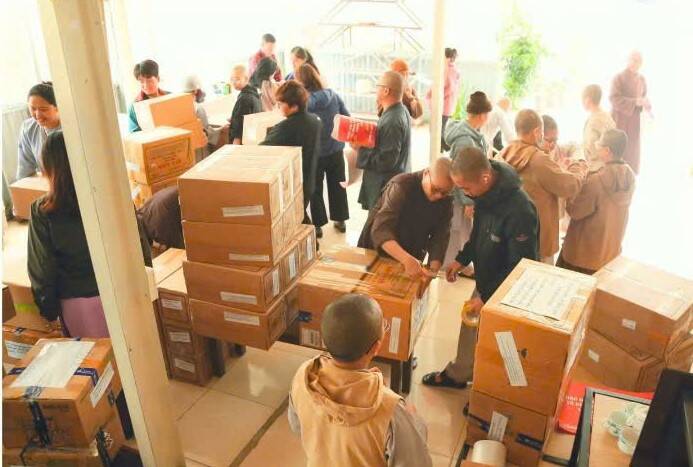
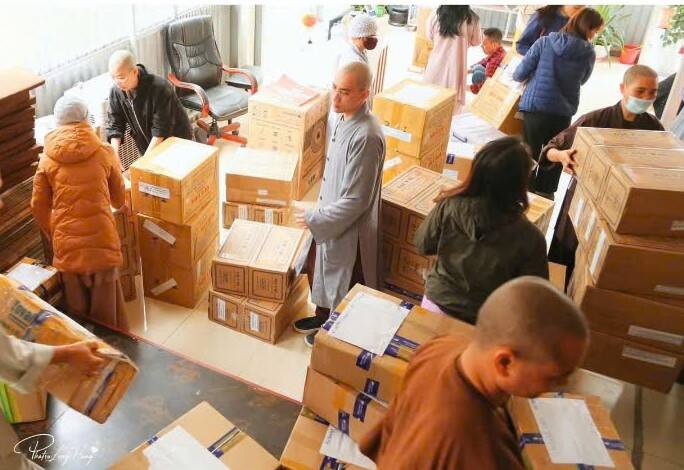

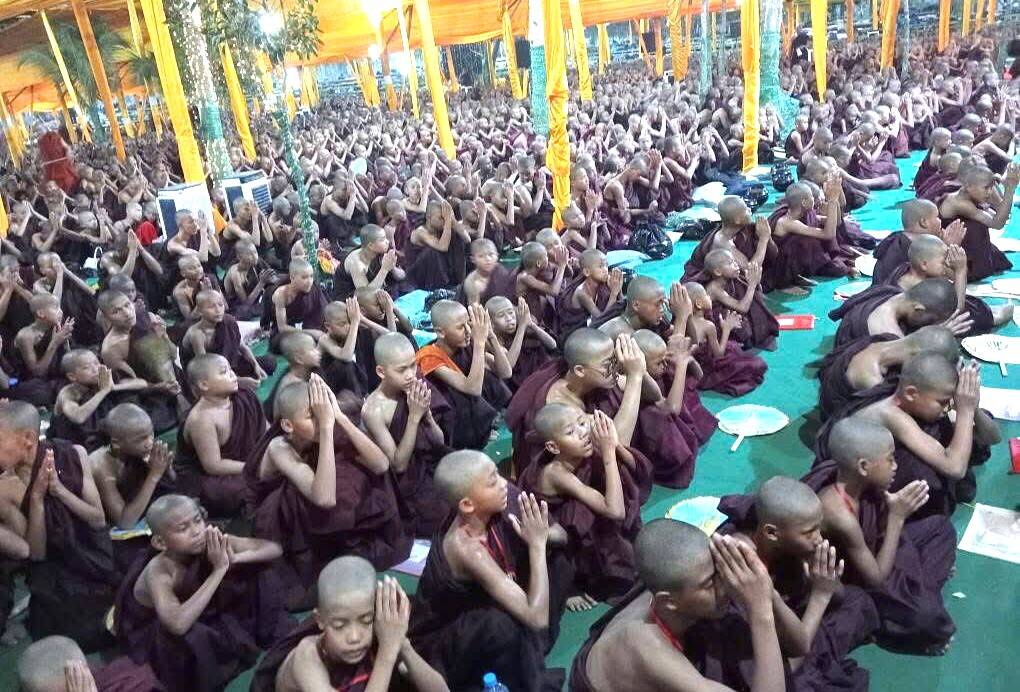
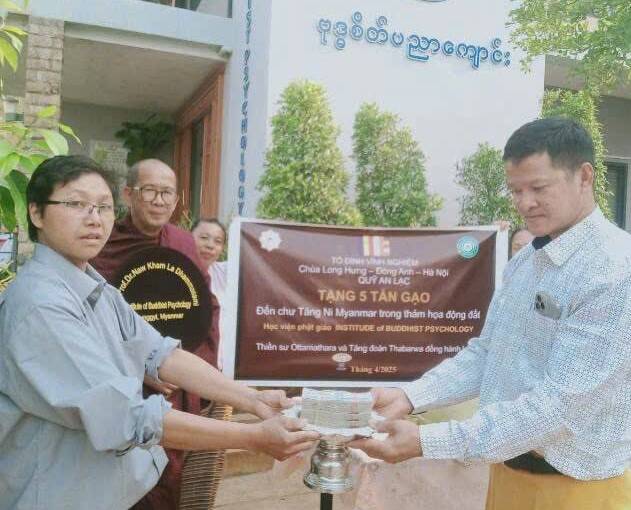
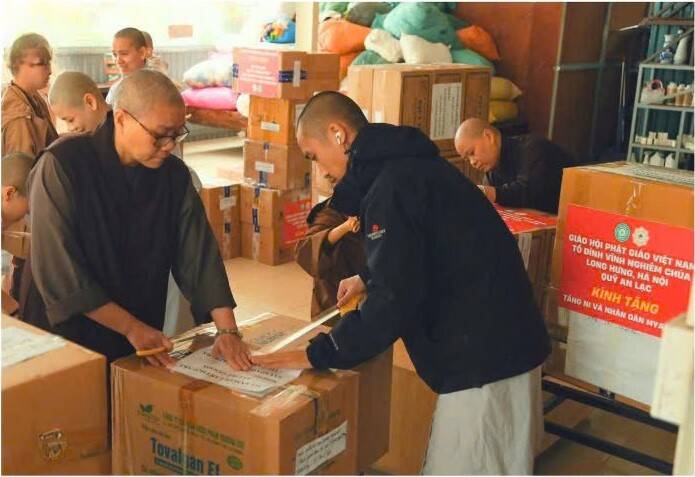



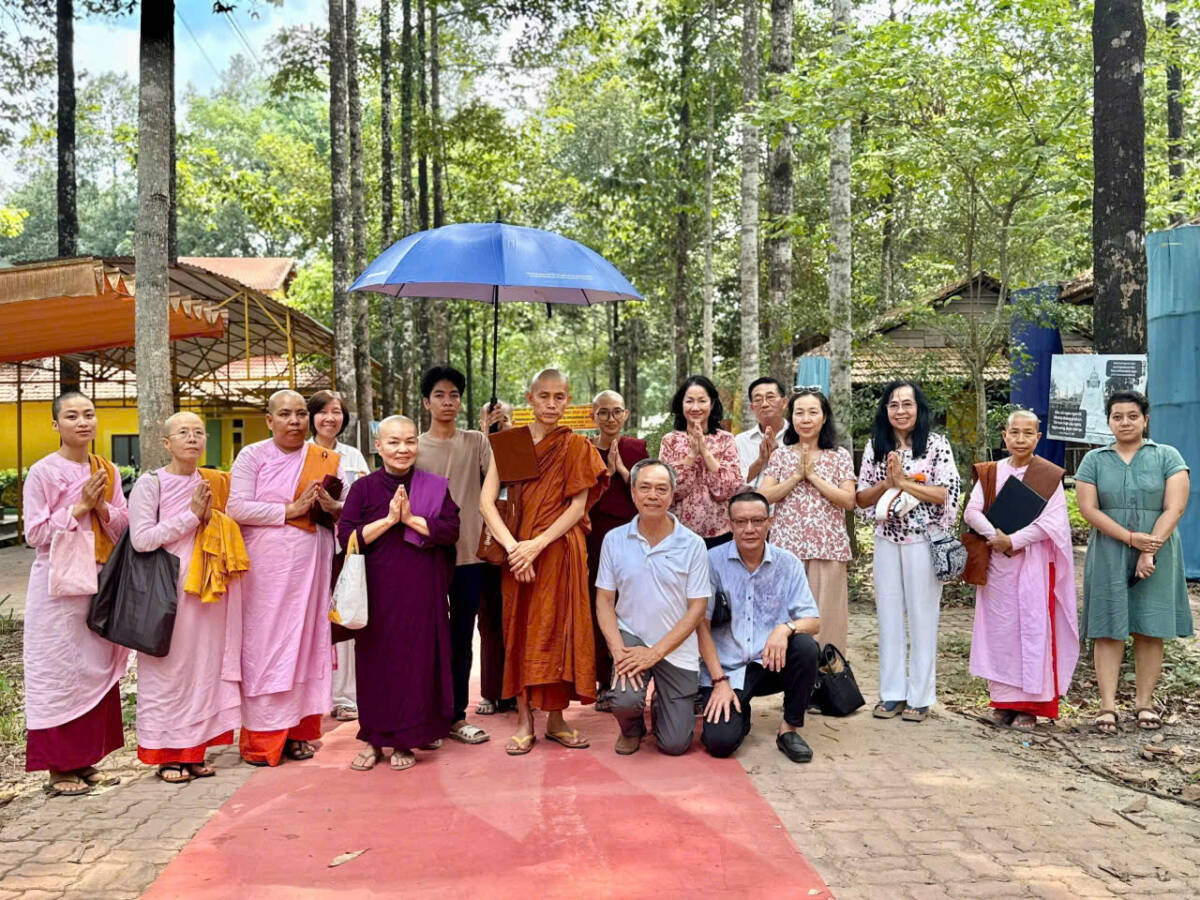

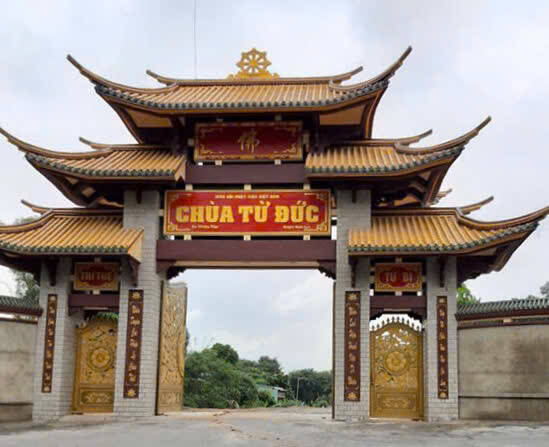
Phản hồi